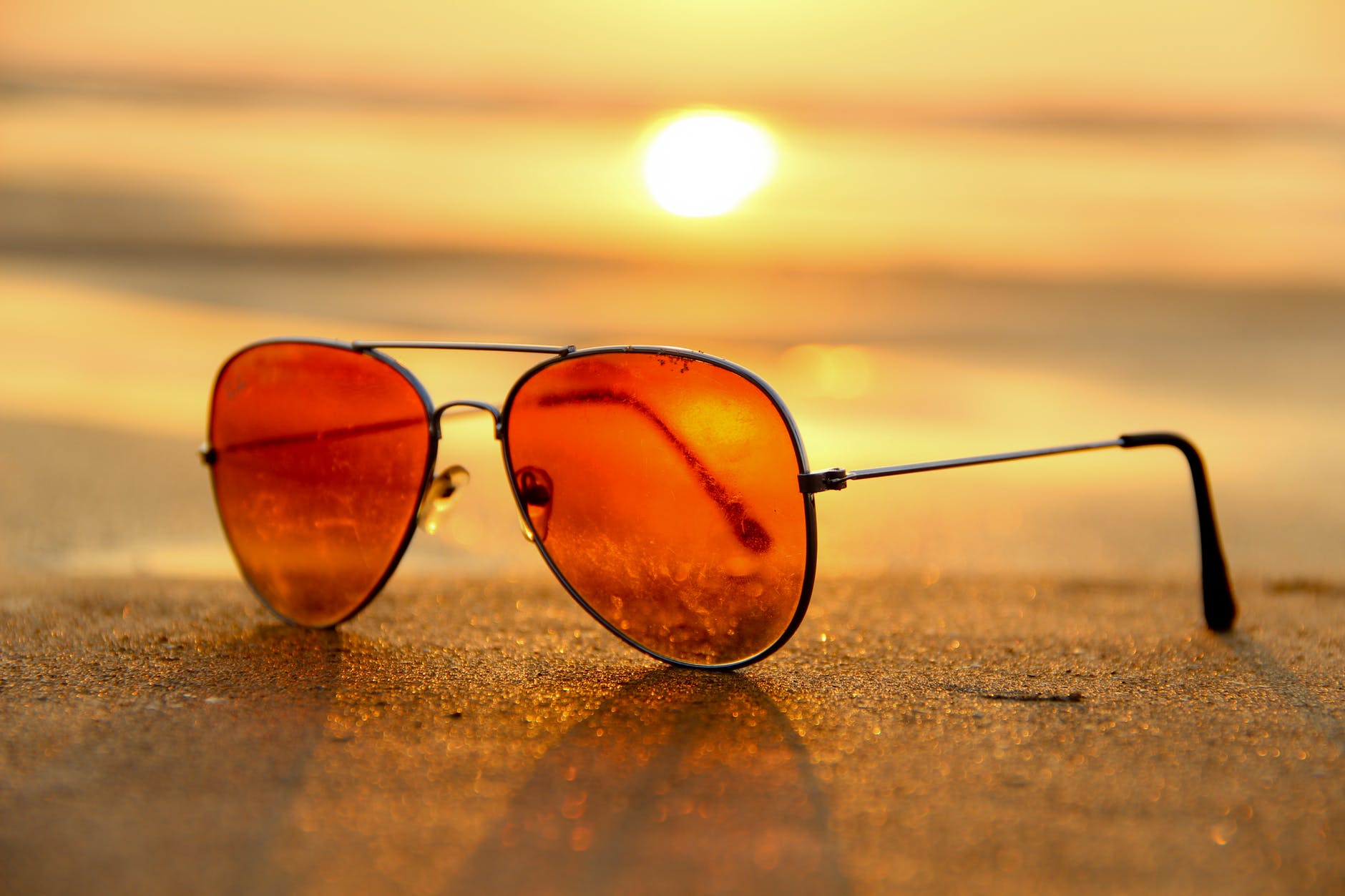Heat exhaustion is a precursor to the more serious heat stroke, which can typically be identified by a lack of sweating, nausea and vomiting, mental confusion, flushed skin, rapid breathing, and a racing pulse.
Outdoor work, like on pipelines, is often physically challenging, and even the fittest worker will feel the impact of extreme heat. Don’t simply shrug it off as part of the job; your health—and even life—are at risk. The good news is that there are measures you can take to make it through those long, hot days.
Hydrate, Hydrate, Hydrate
When it’s hot, thirst is not always the best indicator of your body’s hydration needs. In fact, if you wait until you’re thirsty before you drink water, you may be well beyond the time when you need to replenish fluids. Make sure you and your crew are drinking water every 15 to 20 minutes.
Also, have your crew start the day drinking water before they get in the heat. The best way to make sure you’re never short of fluids, especially water, is to bring a water bottle with you to the job and refill it throughout the day. If you’re a manager concerned about performance, getting custom water bottles for your team will help boost morale and encourage them to stay hydrated.
Go Easy on the Coffee
When a heat wave is on, don’t overdo it on the caffeine, as that in excess can prompt dehydration. Don’t forget that energy drinks usually have a healthy dose of it as well, so even if you think you need a lift from one to get through a tough afternoon, try to avoid caffeine when you’re trying to beat the heat.
Proper Gear
When the sun is especially punishing, it’s critical to keep your team protected from its rays. That means you should wear cool, loose-fitting clothing in light-colored fabrics that breathe and help your body to maintain a healthy temperature. Leaving skin exposed to the sun won’t help keep you cool; it could lead to severe sunburns or heat stroke, conditions that are not only dangerous and unhealthy but could also keep you off the job.
Sunscreen
You want to make sure you protect your skin from the sun. Even if you’re properly dressed for the conditions, it’s impossible not to have some skin exposed. Make sure you apply a sunscreen that has an SPF rating of at least 30 and plan to keep layering it on throughout the day.
Find Shade
Even if you’re properly dressed for the conditions and you’ve covered your body in sunscreen, it’s a good idea to look for any opportunity to get out of the sun during your workday. Take breaks in the shade, and, if possible, move some tasks to covered areas. If there are projects you can rotate among the crew, make sure you do so in a way that gives everyone a break from the sun.
Check on your workers and ask them how they are doing often. Tell them to take note of their sweating and thirst level. If they stop sweating, that’s a sign of heat stroke. Be sure you have a procedure in place on how to combat the onset of heat exhaustion and heat stroke.


